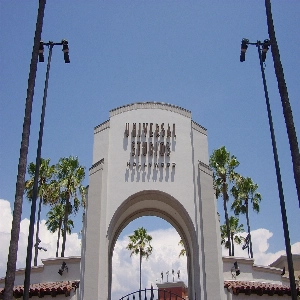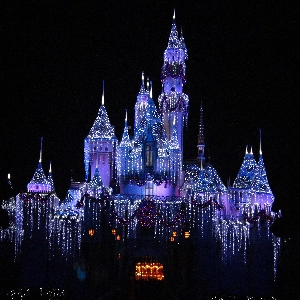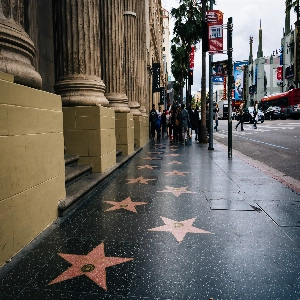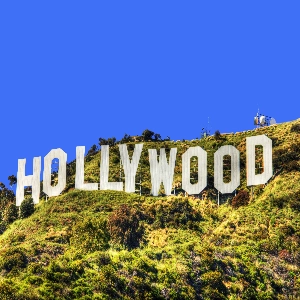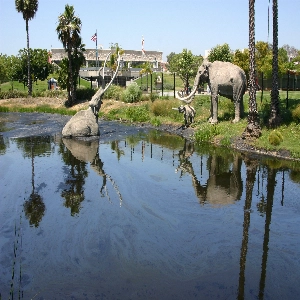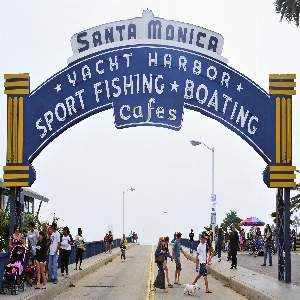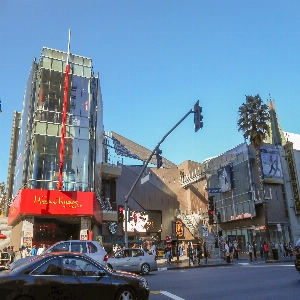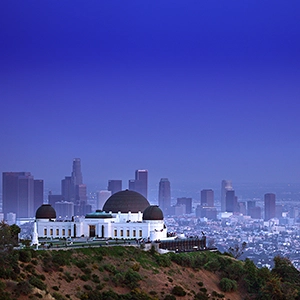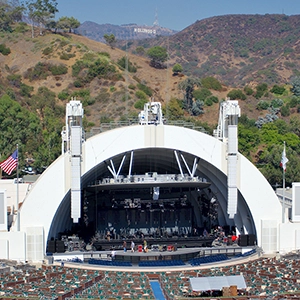Dodger Stadium
Introduction to Dodger Stadium
Serving as the home ground for the Los Angeles Dodgers of Major League Baseball (MLB), Dodger Stadium stands tall as an iconic sports venue in Los Angeles, California. Since its doors opened in 1962, the stadium has been a symbol of pride for the baseball team and its devoted fanbase. Boasting a classic baseball setting with a backdrop of beautiful mountains, the stadium has garnered international attention for its excellent game-day experience, clean environment, and state-of-the-art facilities.
History of Dodger Stadium
The history of Dodger Stadium dates back to the late 1950s when O'Malley, the owner of the then-Brooklyn Dodgers, realized that the team's existing stadium, Ebbets Field, was deteriorating rapidly and limited the revenue potential. As a result, O'Malley decided to move the franchise to another city, and the team relocated to Los Angeles. Initially, the team played at the Los Angeles Memorial Coliseum until the completion of Dodger Stadium in 1962.
Constructed on a site that was previously home to the communities of Chavez Ravine, the stadium faced some controversy during its construction. However, with a determined City Council and O'Malley's vision, the project went ahead, and Dodger Stadium became the first privately financed ballpark since the Yankees' stadium in 1923. The construction of Dodger Stadium was completed at a cost of $23 million.
Architectural Features and Design
Dodger Stadium was designed by the famous Los Angeles architect, Captain Emil Praeger, who made sure the venue would be an architectural marvel. With its timeless design, the stadium encompasses a vast range of seating options and an exceptional field that provides a breathtaking view of the San Gabriel Mountains.
One of the striking features of Dodger Stadium is the wavy roof on the top deck, which adds an artistic touch while also providing ample shade to the spectators. The stadium adheres to a color palette that includes light and dark shades of blues and sandy tones reminiscent of Southern California's landscape.
Another unique aspect of Dodger Stadium's design is the use of different seat colors in each seating level, rather than a consistent color throughout the stadium. The field level features green seats, loge level in blue, reserve level in yellow, and the top deck in light orange. These varying colors make the stadium visually distinct and break the monotony often found in other sports arenas.
Capacity and Seating Options
Dodger Stadium can hold up to 56,000 spectators, which makes it the largest MLB stadium by seating capacity. There are four seating levels in the stadium - Field, Loge, Reserve, and Top Deck. Each level provides a uniquely different vantage point and set of amenities for the fans, catering to various preferences and budgets.
For a premium experience, there are Dugout Club seats, which are considered the most prestigious in the stadium. These seats offer unparalleled proximity to the on-field action and provide various perks like VIP entrances, parking, and access to an exclusive restaurant and lounge area. Apart from traditional seating, the stadium also offers private suites and party rooms for larger groups seeking a more luxurious and private environment.
Renovations and Updates
Over the years, Dodger Stadium has undergone several renovations and updates to ensure it remains a top-notch facility and an enjoyable experience for the fans. In the 1990s, the stadium underwent seismic retrofitting to improve its structural stability. The stadium also saw the addition of an LED video board in 2010, offering high-definition video during games and enhancing the overall experience for spectators.
In 2013, a major $100 million renovation was undertaken, focusing on improving the stadium's infrastructure, including upgraded electrical and plumbing systems. Fans also witnessed myriad improvements ranging from wider concourses, new food and beverage options, and enhanced wireless connectivity.
The most recent renovation, which concluded in 2020, included the addition of various fan-friendly amenities like a new plaza, a beer garden, a children's play area, and new dining options. The renovation also improved accessibility by adding new elevators and escalators and ensuring more efficient ingress and egress for visitors.
Gameday Experience and Amenities
Dodger Stadium prides itself on providing an unrivaled game-day experience for baseball fans. The stadium boasts a wide variety of culinary treats such as the famous Dodger Dogs, carne asada tacos, BBQ pork sandwiches, and more. For those seeking a healthier option, the stadium also offers salads, wraps, and sushi.
The stadium hosts various promotional events and giveaways throughout the season, including bobbleheads, themed nights, and fireworks nights, making it an enjoyable and memorable outing for fans of all ages. Besides standard restrooms and ATMs, Dodger Stadium offers family-friendly features such as nursing stations, children's play areas, and an on-site playground to ensure a comfortable environment for young fans.
Legacy and Impact on the Community
Ever since it opened, Dodger Stadium has played a vital role in enriching Los Angeles' sports culture and history. Apart from hosting MLB games, the stadium has been the venue for multiple concerts, international soccer matches, NHL Winter Classic games, and even a Papal Mass in 1987. The stadium has also been an integral part of several iconic moments in Major League Baseball, such as the 1988 World Series and numerous MLB All-Star Games.
The stadium has had a significant impact on the local community, as it hosts various events and initiatives by the Dodgers Foundation. These events aim to uplift the community by providing youth access to sports and education, improving public health, and promoting social justice. In doing so, Dodger Stadium has become more than just a sports venue – it is an essential cultural and community landmark in Los Angeles.
